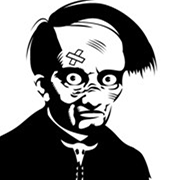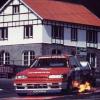Crank Triggers And Rb Possibilities .
Announcements
-
Similar Content
-
Latest Posts
-
By GoHashiriya · Posted
I have a feeling team free spirit does this. A while ago, the guy (whoever manages that page) sent me previous auction records for my car which was nice of him. Fortunately in my case it all checked out -
only one TH1 i believe https://www.gtr-registry.com/en-r32-colours.php#ProductionColours
-
assume they're dodgy unless proven otherwise. There used to be Japanese history/odometer check type services that would trace back the VIN of the car as far back as possible to get a more truer history, dunno if they're still around.
-
ok so you have a catch can, so it isn't stock. i'm guessing oil on MAF wire, and it's broken (hence why it won't rev over 2,000 rpm). You'll need to find another MAF.
-
By Igotnothin · Posted
The engine is stock, and all I did was twist the maf so it wasn't so tight against the what I believe is a catch can of sorts. I took the map off today and then used cleaner on it(MAF Cleaner) and once again the car is showing no signs of issues again. But my fear is it will begin again or that's just one of multiple issues and it's possibly something else. I'm very new to working on cars.
-






Recommended Posts
Create an account or sign in to comment
You need to be a member in order to leave a comment
Create an account
Sign up for a new account in our community. It's easy!
Register a new accountSign in
Already have an account? Sign in here.
Sign In Now